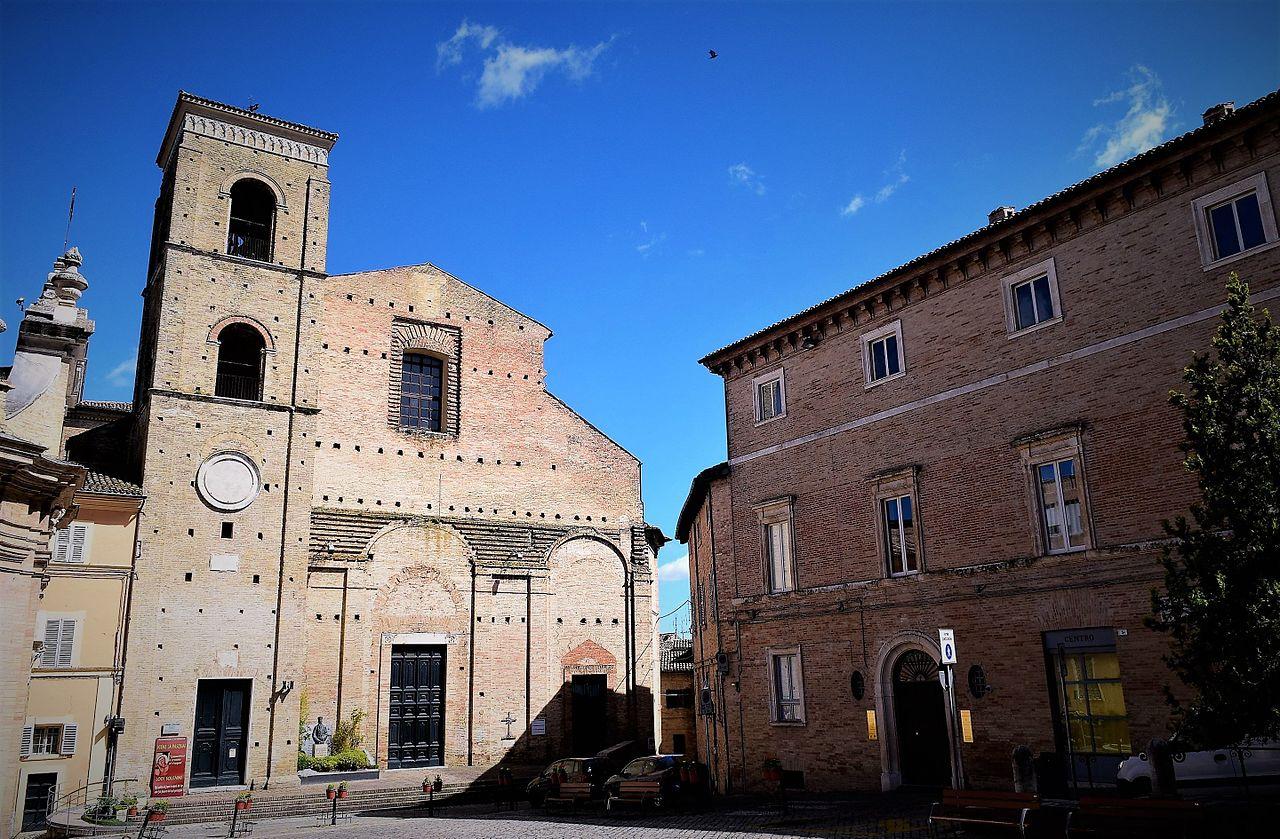Macerata Cathedral
The cathedral of Macerata has been known since the 10th century. Before the construction of the present cathedral, there was a small rural church dedicated to San Giuliano, built in 1022. Between the 14th and 15th centuries, a second building was erected next to the church, completed in 1478 with the construction of the bell tower, still visible today, in Flamboyant Gothic style. The two existing buildings were united to form a single neoclassical cathedral in 1771.






